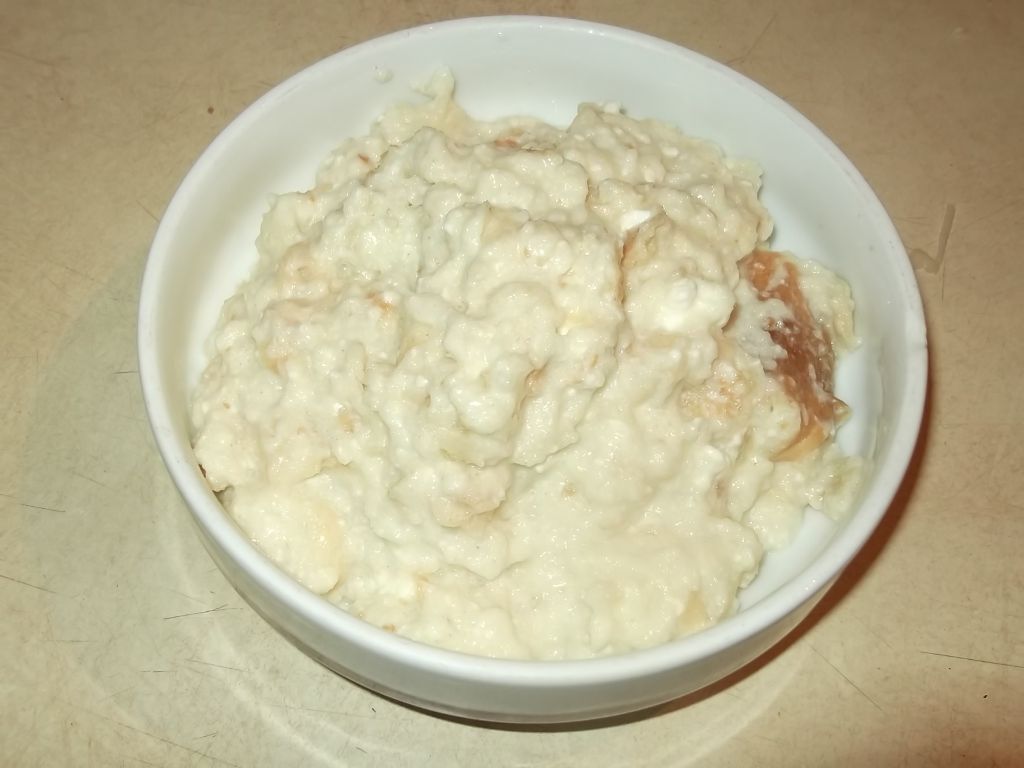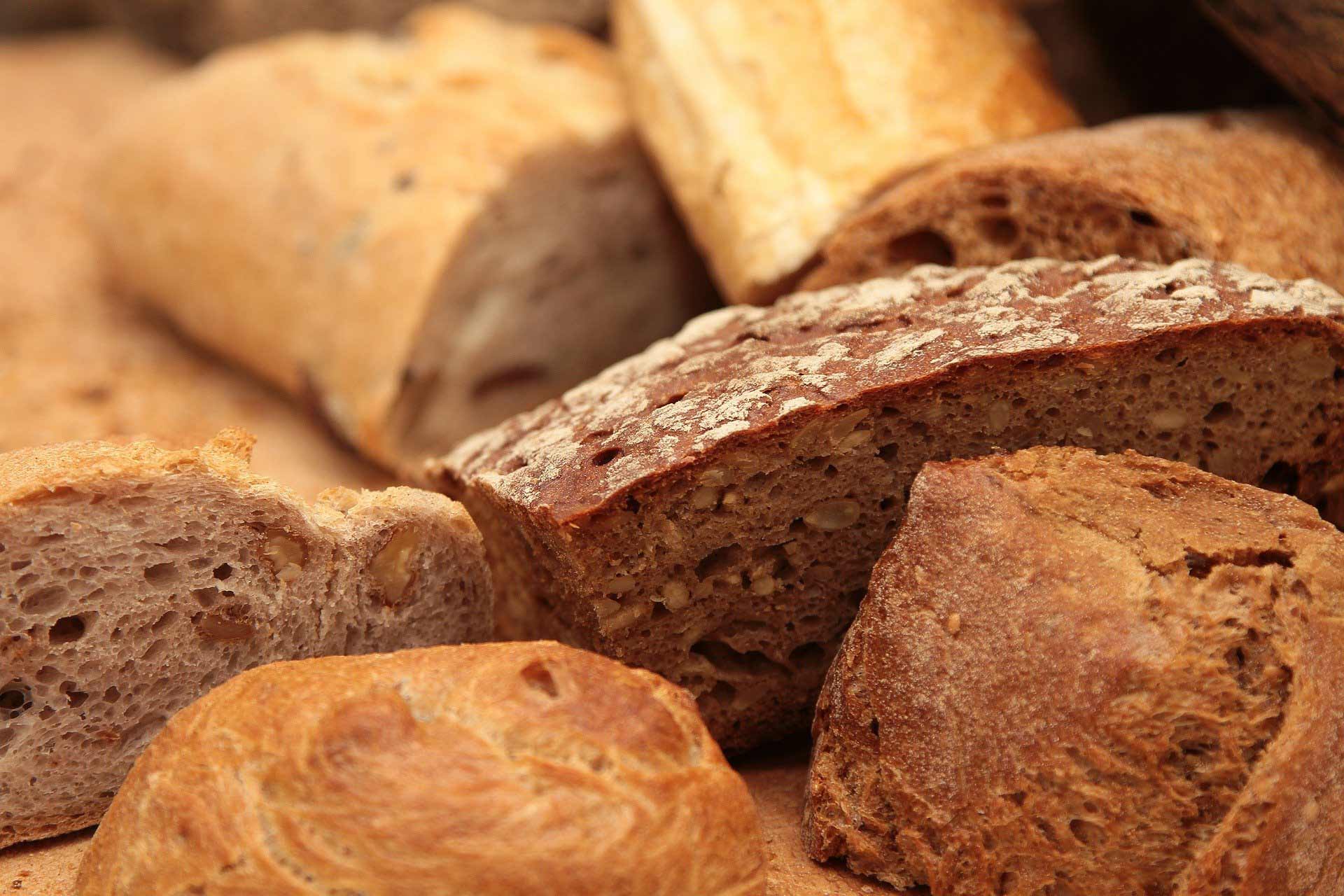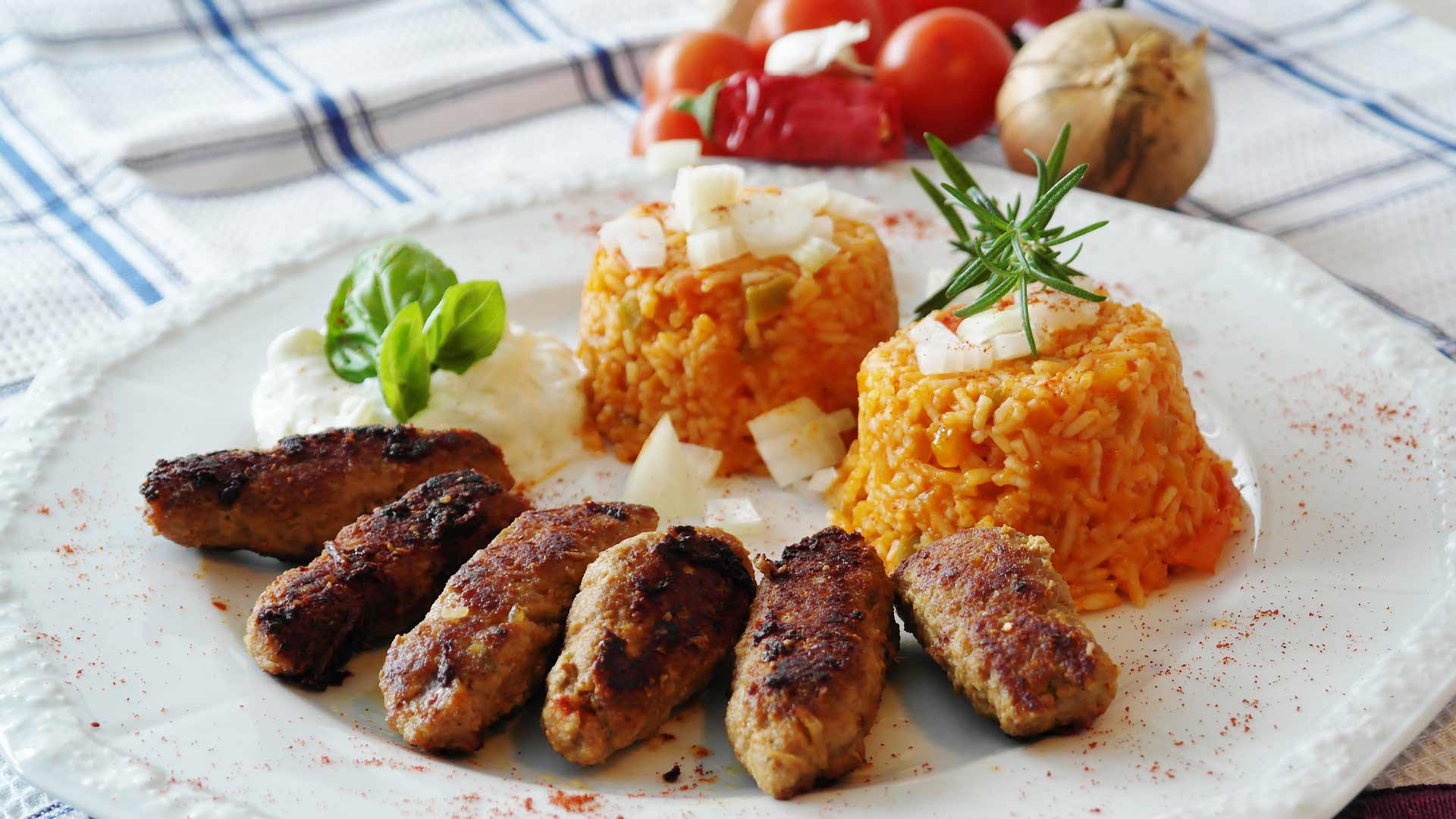Serbian cuisine in the 19th century
Serbian cuisine is very diverse, so diverse that it is very difficult to pinpoint the origins of the dishes that are traditionally eaten in a typical Serbian house. Dishes can vary from region to region, as well as ways of their preparation. Whatever the differences are, one thing is for sure - Serbian dishes are plentiful and a portion of good food is eaten at the Serbian table. However, has it always been so?
Throughout its history, the Balkans have been a turbulent area, a crossroads where different civilizations and cultures have met. The influence of different cultures on these areas can be noticed in the example of Serbian cuisine. Numerous dishes that we consider traditional today, we inherited from the Turks, Austro-Hungarians, or Germans. Until the 19th century, simple dishes such as beans, popara, and proja were eaten in Serbia.
To this day, bread has remained an indispensable part of meals in Serbia, so it is not surprising that one of the most appetizing Serbian dishes is just popara.

Serbian cuisine - early beginnings
The earliest habits related to the nutrition of people in this area belong to the Slavic heritage. The table of the Slavic people was not as rich as it is today. In Europe, the Renaissance period brought not only a revival of culture and art but also the accelerated development of cuisine. Until the time of Nemanjić, especially during the reign of Radoslav and Milutin (when it is often pointed out that he was the first real, Serbian Renaissance ruler).
It is believed that it was the „culinary magic“ that first reached the Serbian court, while the people continued to eat more sparingly. Byzantium, as the center of the then civilization, had the greatest influence on medieval Serbian cuisine. Women who married Serbian nobles, in addition to the culture of food, also brought the culture of dressing and, more importantly, the culture of personal hygiene, and the custom of washing hands was established at the medieval Serbian court.

At the Serbian medieval court, food was extremely varied. Fish was brought from the Adriatic Sea, which was later prepared with special fragrant spices and garlic (a tradition of preparing fish that has survived to this day). A special "sorrel" soup was also eaten, as well as caviar from Moruna caught on the Danube. Common to the people and Serbian nobles at that time was the importance they attached to bread in their diet. Bread, the basic food for the people and so important for the diet in the court that there were people who cared only about bread - "bakers". The baker took care of the quality of flour, cereals, and the bread itself, as well as that the bread never disappeared. Quality wine was also enjoyed at the Serbian court, so another extremely esteemed and important person was the "cellarman".
Further development of traditional Serbian cuisine
Prominent Serbian poet, historian, and baroque educator Zaharija Orfelin was the first person to document the first records of modern Serbian cuisine, while the publication of "The First Serbian Cook" will wait until 1855. The collection of records and recipes in 1855 is published in Old Slavonic by Jerotej Draganović. the monk of the Krusedol monastery and the personal cook of Patriarch Josif Rajcic. Twenty years later, the "Great Serbian Chef for the Use of Serbian Housewives" was published in the vernacular. This chef enjoyed great popularity, so as many as 6 editions were published by 1930.
It is these chefs who testify to the development of modern cuisine in Serbia. A real gastronomic revolution happened when potatoes and tomatoes arrived from the newly discovered overseas countries. Potatoes arrived in Serbia at the beginning of the 19th century, when they were brought from England by Dositej Obradović. Before potatoes and tomatoes, beans, corn, and paprika, which was called Indian pepper, arrived in Serbia. Indigenous cereals from these areas are wheat, barley, rye, oats, spelled, and millet, while buckwheat later appeared.

The great influence of Byzantium on Serbian cuisine was eventually replaced by the Ottoman one, which was felt most strongly in Sandzak. The northern parts of the country were not under strong Turkish influence, and since the 18th century, there has been a strong Austrian and German influence, when these parts fall under Austrian rule. The autochthonous fruits that grew in Serbia were apples, pears, blackberries, blueberries, and strawberries, as evidenced by the existence of Jagodina. The Turks bring medlar, apricots, and various types of plums to this area. They are also "responsible" for the small revolution in nutrition before the revolution that happened with the appearance of potatoes, and that happened when they brought rice to the Balkans.
From the west, dishes such as dumplings, mileram (cream), steaks, butter, etc. arrive in this area. Also, under the influence of Western cultures, breakfast is introduced into the Serbian diet as a meal. Even at that time, the urban environment found it easier to accept the changes that were later accepted in more rural areas. It was in the cities that the intertwining of the influences of different cultures was most felt.
Differences in nutrition in urban and rural areas
In contrast to the cities, in the villages, the meal schedule was significantly conditioned by fieldwork. Usually, two meals are prepared, lunch and dinner. Around 11 a.m., a lunch made of cheese, proja, or pie was eaten. The main and complete meal was dinner after the fieldwork was completed. Dinner included a dairy appetizer, salad, proje or pie, cooked soups, and occasionally roasted or cooked poultry. In the summer months, a light snack was introduced, because at that time most works were done in the field.
Urban environments differed from rural ones in that the influence of a higher culture could be felt in them. Certainly, the urban environments were the first to accept innovations in food and were the generator of changes in eating habits in this area. In the 19th century in the city center, the meal schedule of one family was completely subordinated to the host of the house. Namely, since the host spent most of the day working, the first important meal was dinner. Lunch was significantly more modest and was rarely cooked.

At that time, cooking was done outdoors in earthenware pots, and that is why there was a lot of "furundžija" in Belgrade at that time. There was one in almost every street. Meals would be prepared at home and then taken to the oven for baking. As both Serbian and Turkish families brought dishes for baking, there was a lot of work for the bakers. Typical dishes that were brought were đuveč, gibanica, pilaf, moussaka, lamb, turkey on podvarak.
In the kitchens in the 19th century, dishes such as meatballs, sarma, đuveča, jani, papazjanija, pilaf, and various soups were prepared. These were mostly Greek-Oriental dishes. Such were the sweets - of the oriental type, and among the most popular were baklava, gurabi, thallium, and alva. Only later, in the second half of the 19th century, strudels and donuts appeared in this area under the great influence of Western countries.
The culmination of the intertwining of different cultures in Serbia and their influence on the diet occurs at the end of the 19th century when dishes such as đuveč, ćevap, sataraš, and paprikaš were prepared equally. At the end of the 19th century, better dishes for serving food arrived in urban areas, so from the end of the 19th century, the soup was eaten from a deep plate in Serbian cities, while the main dish was served from a shallow one.

Rakija in the 19th century
The drink that we have considered traditional for centuries carries a really interesting story. It's about plum brandy. Namely, at the end of the 19th century, the disease of phylloxera attacked the vineyards, destroying them almost completely. The production of wine and grape brandy is significantly declining, and more and more people are turning to plum growing (check out our article about Serbian brandy - rakija)
Who knows, if that unpleasant event had not happened, we might not be known today for plum brandy, but wine and grape brandy. In any case, „plum brandy“ has become the most popular rakija in Serbia and one of the most famous products from Serbia.
Наслаждаться!












